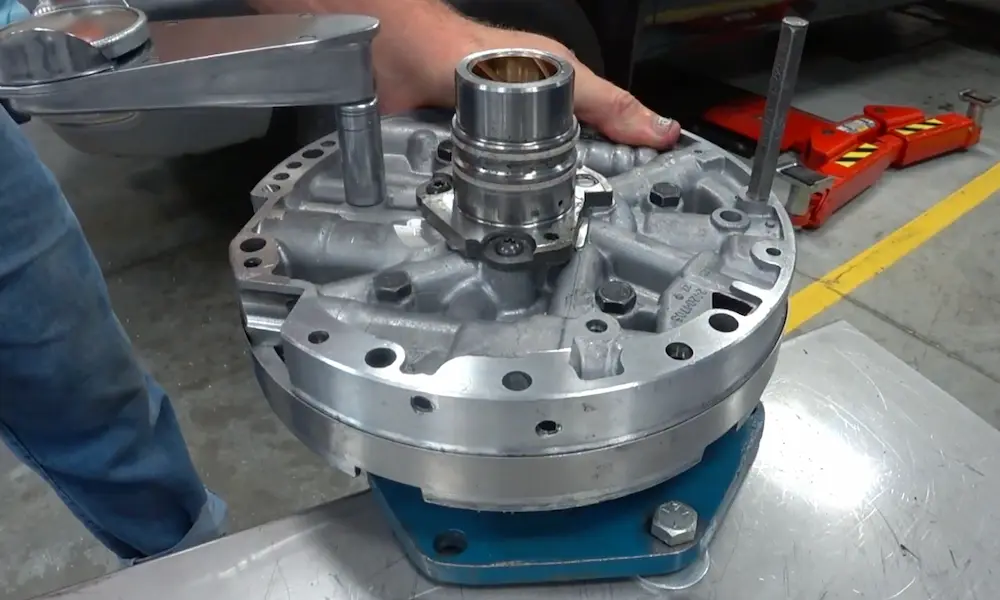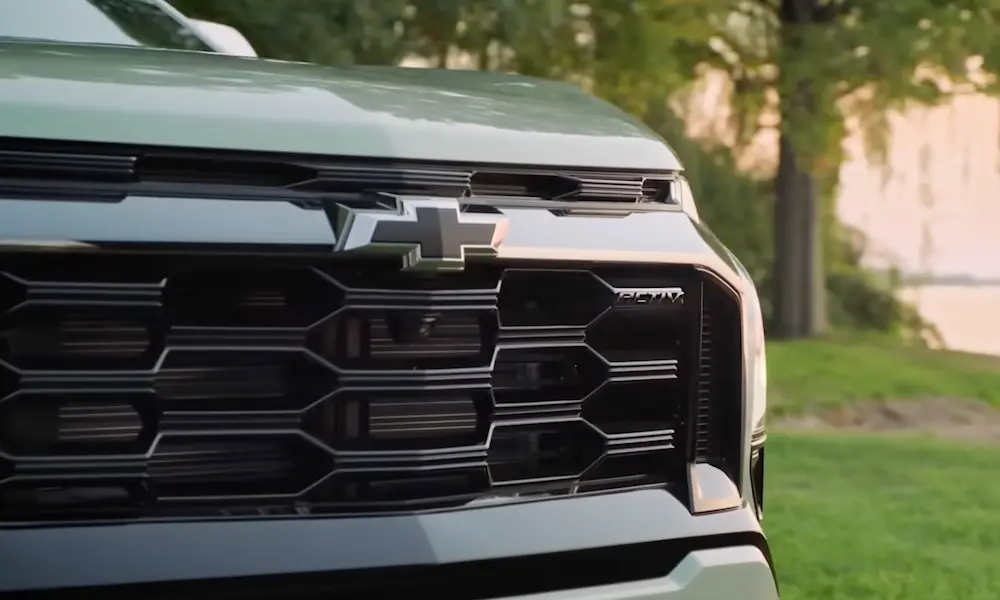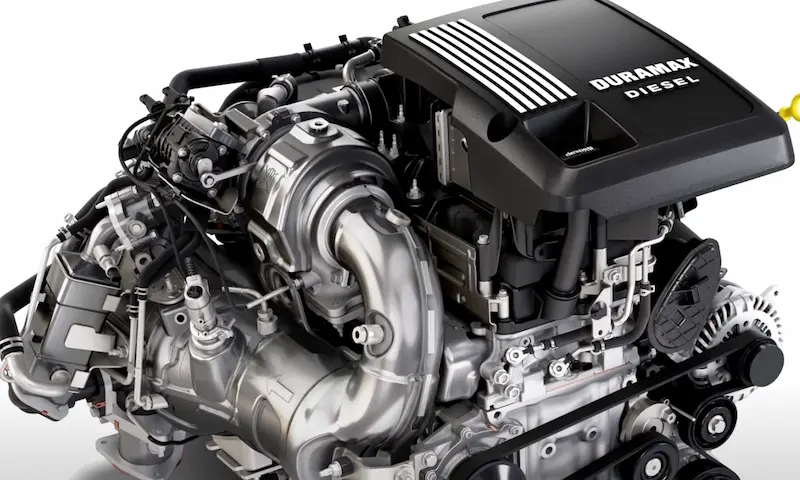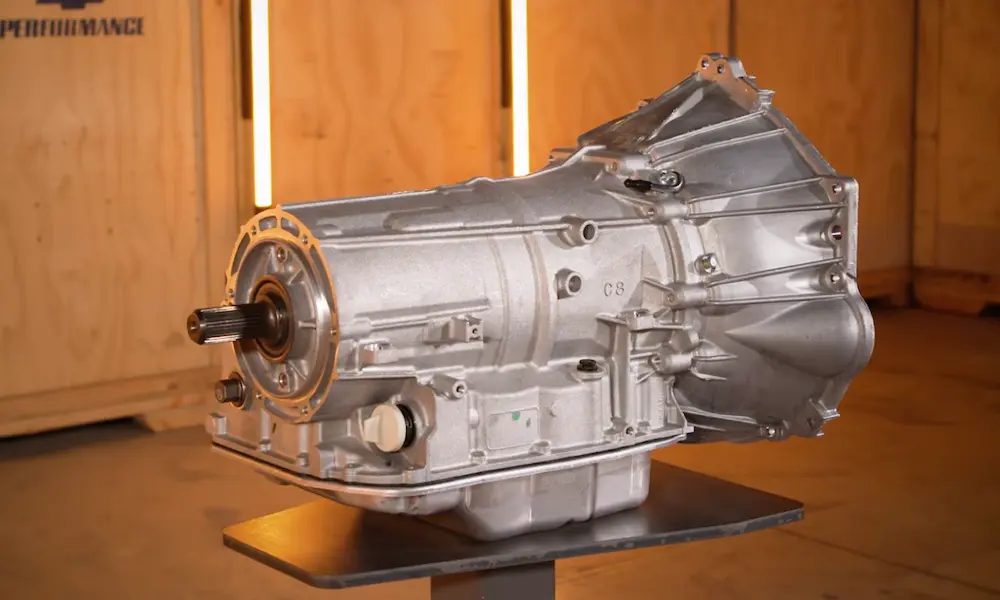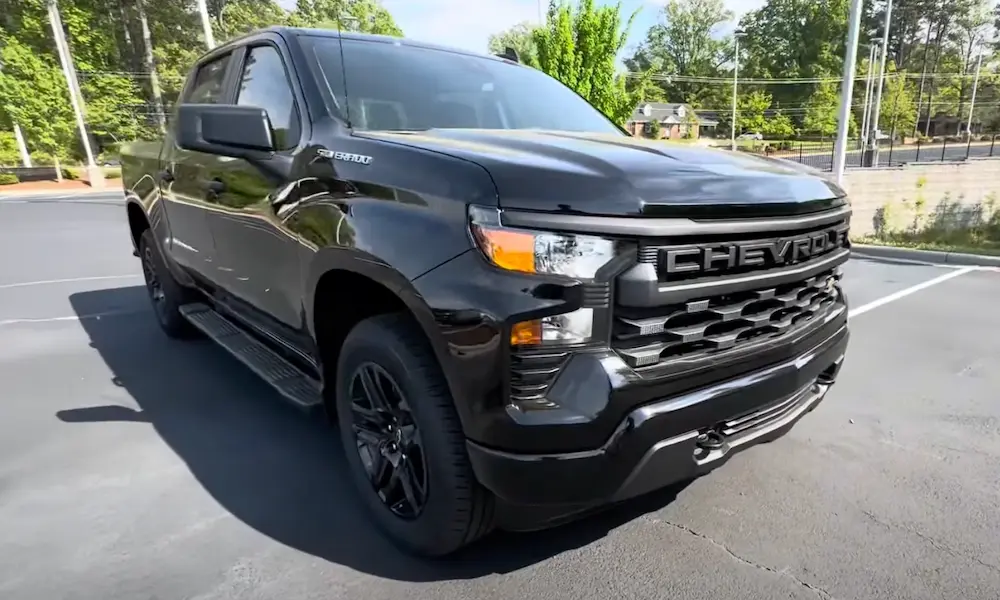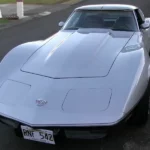Looking for complete details on the L86 engine? Whether you’re considering a vehicle powered by this robust V8 or just curious about what makes it tick, this guide breaks down everything from performance specs to common issues.
What Is the L86 Engine?
The L86 is a 6.2L V8 engine developed by General Motors as part of their EcoTec3 family. This powerplant served as the premium engine option in GM trucks and SUVs from 2014 to 2020, delivering impressive performance while incorporating fuel-saving technologies.
The engine was specifically designed for trucks and larger vehicles, combining raw power with surprising efficiency. As Jordan Lee, Small Block chief engineer, put it: “We believe these are the most technologically advanced engines ever offered in light-duty pickups, and they are 100 percent truck – specifically designed for the way customers use trucks in the real world.”
L86 Engine Specs: The Numbers That Matter
Here’s a quick breakdown of the essential L86 engine specifications:
| Specification | Value |
|---|---|
| Displacement | 6.2L / 6162cc / 376 c.i.d. |
| Horsepower | 420 hp @ 5,600 rpm |
| Torque | 460 lb-ft @ 4,100 rpm |
| Block Material | 319-T7 Aluminum |
| Compression Ratio | 11.5:1 |
| Fuel System | Direct Injection |
| Recommended Fuel | Premium (91 octane) |
| Oil Capacity | 7.6 liters |
| Recommended Oil | 0W-20 |
L86 Engine Design Features
Aluminum Block Construction
Unlike older truck engines that used heavy cast iron blocks, the L86 features an all-aluminum design with cast-in iron cylinder liners. This significantly reduces weight while maintaining durability. The block shares its basic architecture with other Gen V small block engines but features a larger 103.25mm bore to achieve its 6.2-liter displacement.
Advanced Rotating Assembly
The heart of the L86’s durability comes from its robust rotating assembly components:
- Forged-steel crankshaft for maximum strength
- Powder-metal connecting rods (6.098 inches long)
- Cast aluminum pistons with domed design optimized for direct injection
- Piston oil squirters to reduce operating temperatures
- Variable-displacement oil pump that adjusts based on engine needs
Sophisticated Valvetrain
While the L86 uses a traditional pushrod design with a single camshaft, it incorporates several modern touches:
- Two valves per cylinder (16 valves total)
- Hydraulic roller lifters for reduced friction
- Low-friction roller-pivot rocker arms
- Oversized intake valves (2.126 inches/54mm)
- Exhaust valves measuring 1.590 inches (40.4mm)
The pushrod design helps keep the engine compact compared to overhead cam designs, making it easier to fit in truck engine bays while keeping the center of gravity low.
The EcoTec3 Technology Trio
What sets the L86 apart from older truck V8s is its trio of fuel-saving technologies:
1. Direct Fuel Injection
Unlike conventional port injection where fuel enters through the intake ports, the L86’s direct injection system delivers fuel directly into each combustion chamber. This provides several benefits:
- More precise control over the air-fuel mixture
- Better atomization of fuel for more complete combustion
- Cooler operating temperatures allowing higher compression
- Improved response and efficiency throughout the rpm range
2. Active Fuel Management (AFM)
This cylinder deactivation system helps save fuel by shutting down four cylinders during light-load conditions:
- Seamlessly switches between V8 and V4 operation
- Reduces pumping losses when full power isn’t needed
- Activates during highway cruising and light acceleration
- Instantly reactivates all cylinders when more power is demanded
3. Variable Valve Timing (VVT)
The L86 uses a dual-equal cam phasing system that adjusts the timing of both intake and exhaust valves simultaneously:
- Optimizes combustion at all engine speeds
- Improves low-end torque while maintaining top-end power
- Reduces emissions by improving exhaust scavenging
- Contributes to the engine’s broad, flat torque curve
Vehicles Equipped with the L86 Engine
The L86 engine was installed in GM’s premium truck and SUV models, including:
| Vehicle | Model Years |
|---|---|
| Chevrolet Silverado 1500 | 2014-2019 |
| GMC Sierra 1500 | 2014-2019 |
| Cadillac Escalade | 2015-2020 |
| Chevrolet Tahoe | 2014-2020 |
| Chevrolet Suburban | 2014-2020 |
| GMC Yukon/Yukon XL | 2015-2020 |
L86 vs. LT1: Brothers with Different Missions
The L86 shares much of its design with the LT1 engine found in the Corvette and Camaro, but there are key differences tailored to truck use:
- The L86 has longer intake runners optimized for torque
- This design helps the L86 reach peak torque 500rpm earlier than the LT1
- The LT1 produces about 35 more horsepower at the top end
- The L86 prioritizes low-end grunt over high-rpm power
These differences reflect the different priorities of truck owners (towing capacity and low-end response) versus sports car drivers (maximum horsepower and high-rpm performance).
Known L86 Engine Problems
While generally robust, the L86 has some known issues owners should watch for:
Carbon Buildup on Intake Valves
A common issue with direct-injected engines is carbon buildup on the intake valves. Since fuel is injected directly into the cylinders (not the ports), the valves don’t get the cleaning effect of fuel washing over them. This can lead to:
- Rough idle quality over time
- Reduced performance as buildup increases
- Potential cold-start issues
- May require periodic cleaning (walnut blasting) after high mileage
AFM System Failures
The Active Fuel Management system can sometimes cause problems:
- Lifter collapse, especially on cylinders that deactivate
- Bent pushrods resulting from lifter failures
- Oil consumption issues in some cases
- Ticking noises that may indicate valvetrain problems
Many owners choose to install AFM disablers to prevent these issues, though this affects fuel economy.
Other Common Issues
Additional problems reported by L86 owners include:
- High-pressure fuel pump failures
- Direct injector clogging or failure
- Exhaust manifold bolt breakage due to heat cycling
- Intake manifold gasket leaks creating vacuum issues
- Oil leaks from various gaskets and seals
L86 Engine Reliability and Lifespan
Despite the issues mentioned above, the L86 is generally considered reliable when properly maintained. Many owners report engines lasting well over 200,000 miles without major problems.
To maximize reliability, owners should:
- Use the recommended premium fuel (91+ octane)
- Stick with the specified 0W-20 synthetic oil
- Change oil and filter every 5,000-7,500 miles
- Address any strange noises or performance issues promptly
- Consider an AFM delete if planning to keep the vehicle long-term
L86’s Successor: The L87 Engine
In 2019, GM began phasing out the L86 in favor of the new L87 engine. While nearly identical in displacement and output, the L87 made one significant improvement:
- Replaced the Active Fuel Management (4 cylinder mode) with Dynamic Fuel Management
- The new DFM system can operate on any number of cylinders (1-8)
- Uses 17 different firing patterns based on driving conditions
- Calculates the optimal pattern every 125 milliseconds
- Generally more reliable than the older AFM system
This change addressed one of the L86’s main trouble spots while further improving fuel economy.
Performance Potential and Modifications
The L86 responds well to modifications for those seeking more power:
- Cold air intakes typically add 10-15 horsepower
- Cat-back exhaust systems improve sound and add modest power
- Performance tuners can add 20-40 horsepower by optimizing fuel and timing
- Headers can significantly improve exhaust flow and power
- Camshaft upgrades offer substantial gains but require more extensive work
For serious performance builds, the L86 can support 500+ horsepower with the right modifications while maintaining reasonable reliability.
L86 Engine Availability and Swaps
Due to its power density and relatively compact size, the L86 has become popular for engine swaps. These engines can sometimes be found from:
- Salvage yards pulling from wrecked trucks
- Engine remanufacturing companies
- Specialized swap suppliers
- GM Performance Parts dealers
A complete L86 swap typically requires the engine, harness, ECU, and various accessories. Thanks to its popularity, several companies now offer complete swap kits to simplify the process.
Is the L86 the Right Engine for You?
The L86 offers an excellent balance of power, technology and reliability for truck and SUV applications. It’s particularly well-suited for:
- Towing and hauling heavy loads
- Drivers who want V8 power but still care about fuel economy
- Off-road enthusiasts needing low-end torque
- Performance enthusiasts looking for a great starting point for modifications
However, the added complexity of its EcoTec3 technologies does mean potentially more maintenance compared to simpler engines. For those prioritizing absolute simplicity and lowest maintenance costs, older pushrod V8s without direct injection or cylinder deactivation might be preferable.
For most buyers though, the L86’s combination of 420 horsepower, modern technology, and overall reliability make it one of the most desirable truck engines of its generation.





